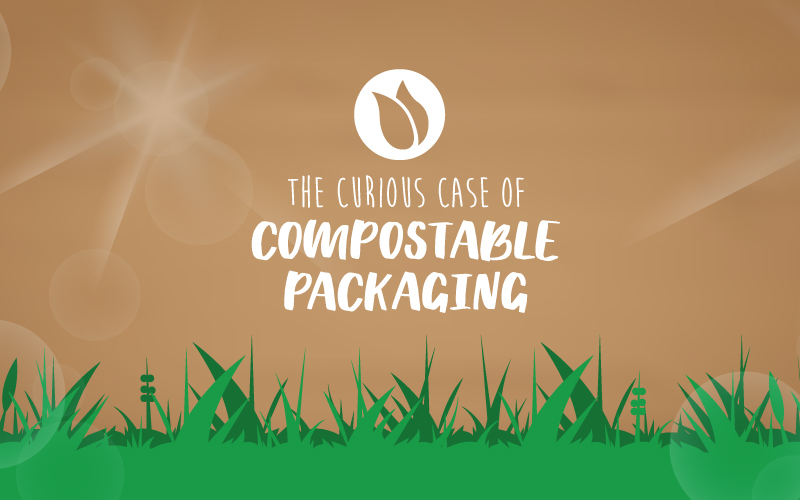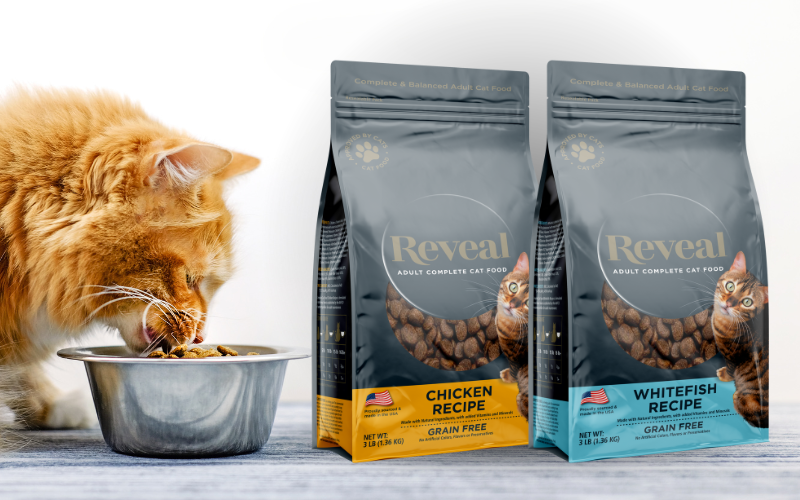Compostable packaging is becoming somewhat of an industry buzzword. With all the talk behind ‘revolutionary’ compostable packaging now available on the market, we thought we’d take a closer look at the facts.
What exactly is compostable packaging?
 Compostable packaging is extremely similar to biodegradable packaging as both are designed to break down and return to the earth. The significant difference between the two is that compostable packaging materials actually give nutrients back to the earth after breaking down.
Compostable packaging is extremely similar to biodegradable packaging as both are designed to break down and return to the earth. The significant difference between the two is that compostable packaging materials actually give nutrients back to the earth after breaking down.
It means that rather than sending materials to landfill sites, packaging can be added to professionally managed compost piles.
More recently it seems that as consumers we see compostable claims and jump to conclusions that may not always be true. Winner for the brand, not so great for the environment.
So, what or who deems packaging compostable?
The EU set out its standard of compostability referred to as EN 13432. In the guidelines, there are a number of criteria covering disintegration and biodegradability.

Only when the packaging has passed these tests can it be deemed ‘compostable.’ An independent body Din Certo provides a certification scheme to test packaging according to the EN 13432 standards. If the material passes the criteria it can be accepted for commercial composting systems. Cue the lovely little ‘seedling logo’ you can place on your product packaging (after a somewhat expensive and laborious process).
Now, this is where the real smoke and mirrors begin. Note the term ‘commercial’. Lots of new innovative materials on the market have the ability to biodegrade, returning to the earth, in ‘weeks’ and this is true, but only in controlled commercial composting facilities.
I can just compost my packaging at home, though right?
Wrong.
There’s a very big difference between industrial composting and composting at home. To begin with, the temperature is significantly different – at least 30 degrees hotter. Combine this with more than double the time for packaging materials to biodegrade (that up from 6 months to 12 months). So that potato bag you so lovingly placed in the home composter might be looking right back at you in over a year’s time…
Industrial Composting
Biodegradation – 58 degrees Carbon Dioxide at least 90% compared with control within 6 months (182 days)
Disintegration – Maximum of 12 weeks (84 days)
Home Composting
Biodegradation – 20-30 degrees Carbon Dioxide at least 90% compared with control within 12 months (365 days)
Disintegration – Maximum of 26 weeks (182 days)
There have not been any UK-specific guidelines for home compostable packaging and plastics. In order to achieve home composting accreditation brands, look to the Belgian ‘OK compost home’ system managed by Vinçotte. But again, the process is lengthy and costly.

When it comes to compostable packaging it’s safe to say that until real legislation and government guidelines come into play, some packaging companies and brands will continue to mislead consumers, making claims that can’t always be substantiated.
Taking steps towards positive change for the planet is always good. And it’s fantastic that we can now provide such a wide range of eco-friendly alternatives to product packaging. But for every good initiative, there will always be some that profit from false ‘eco-values.’


